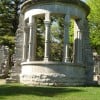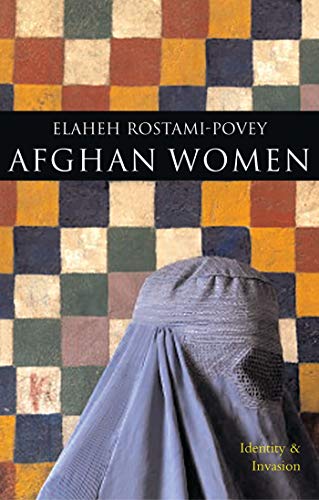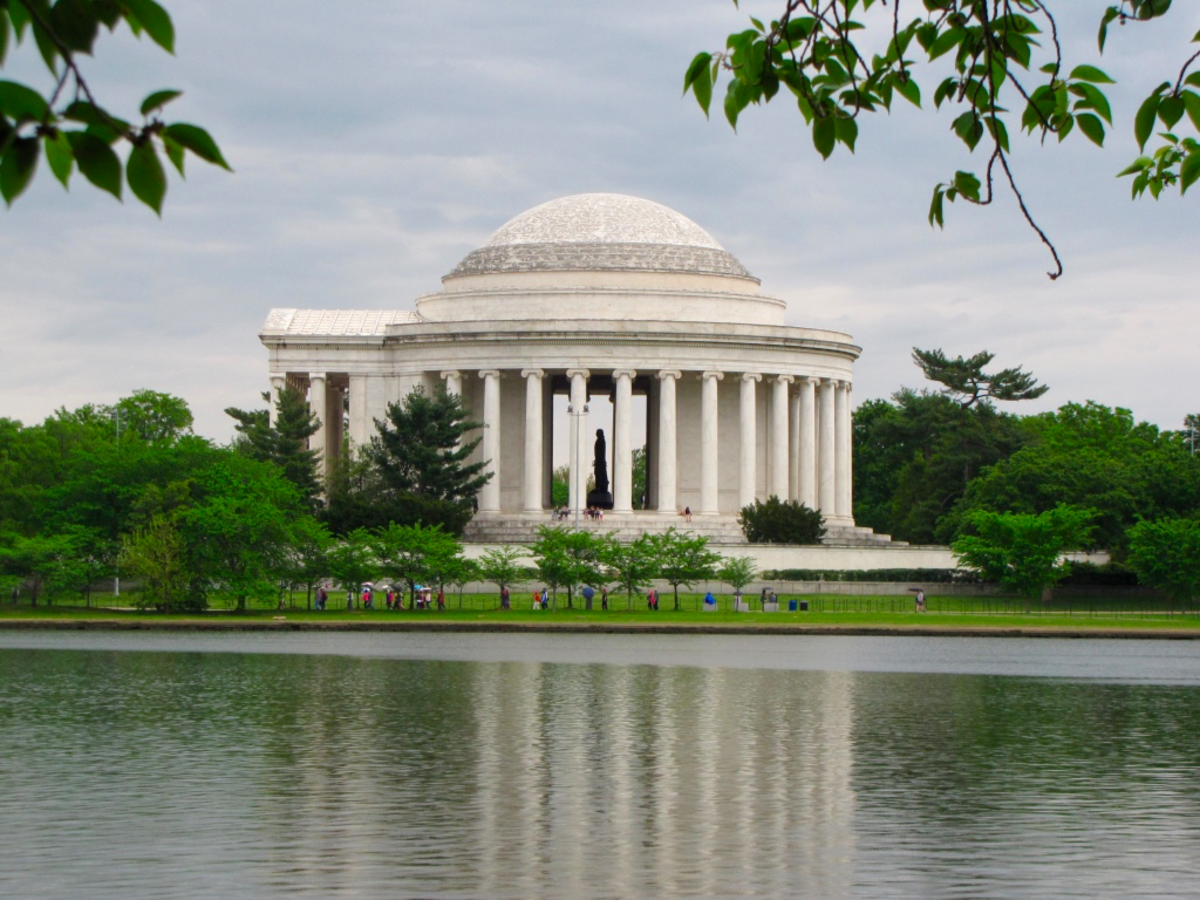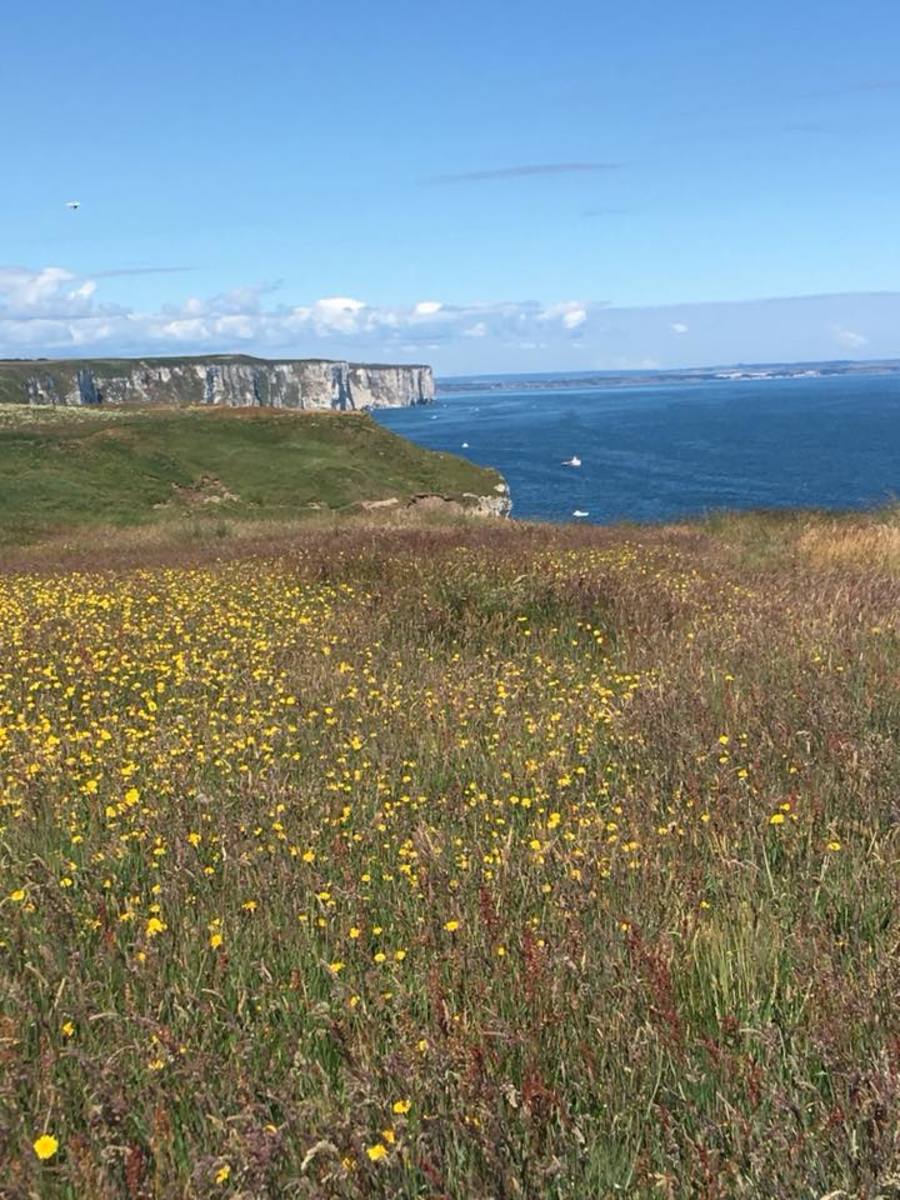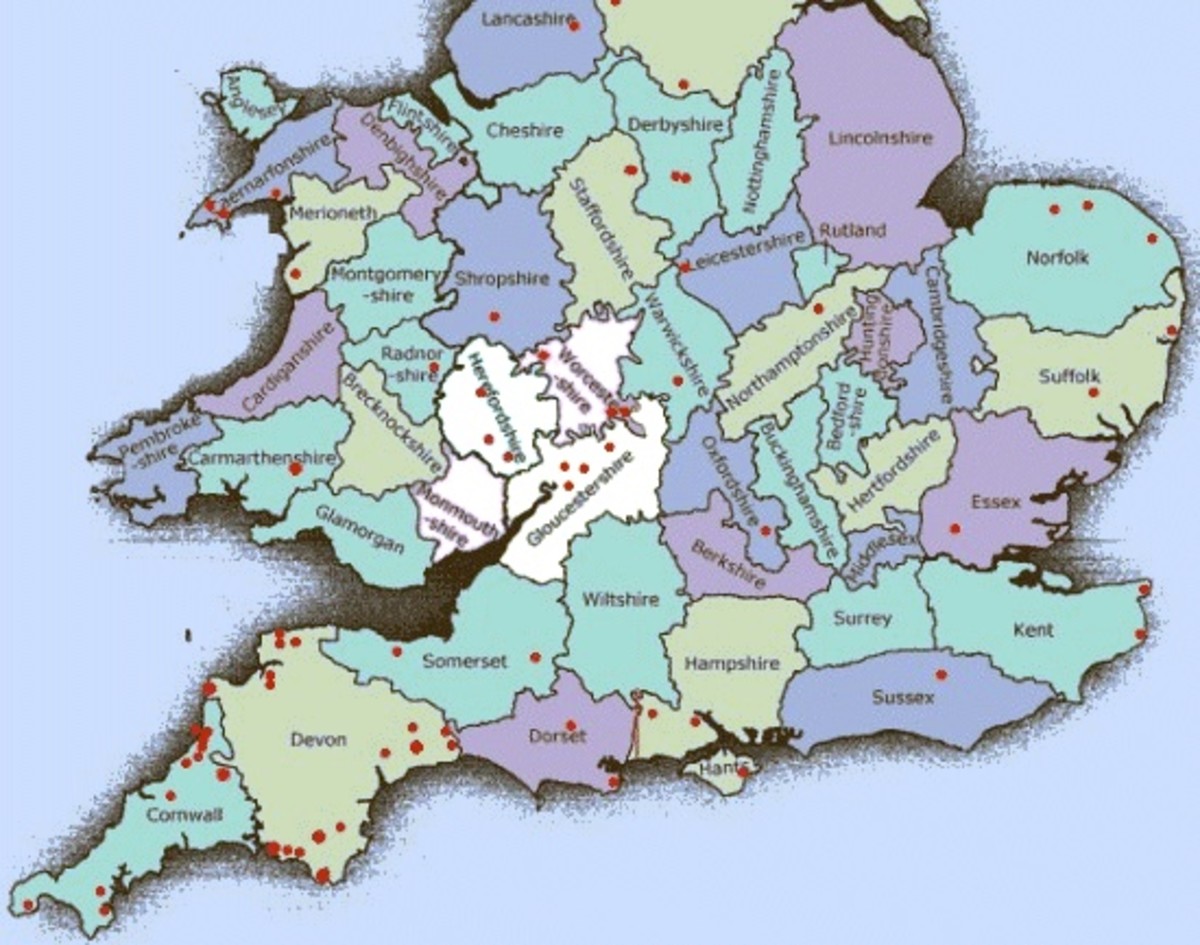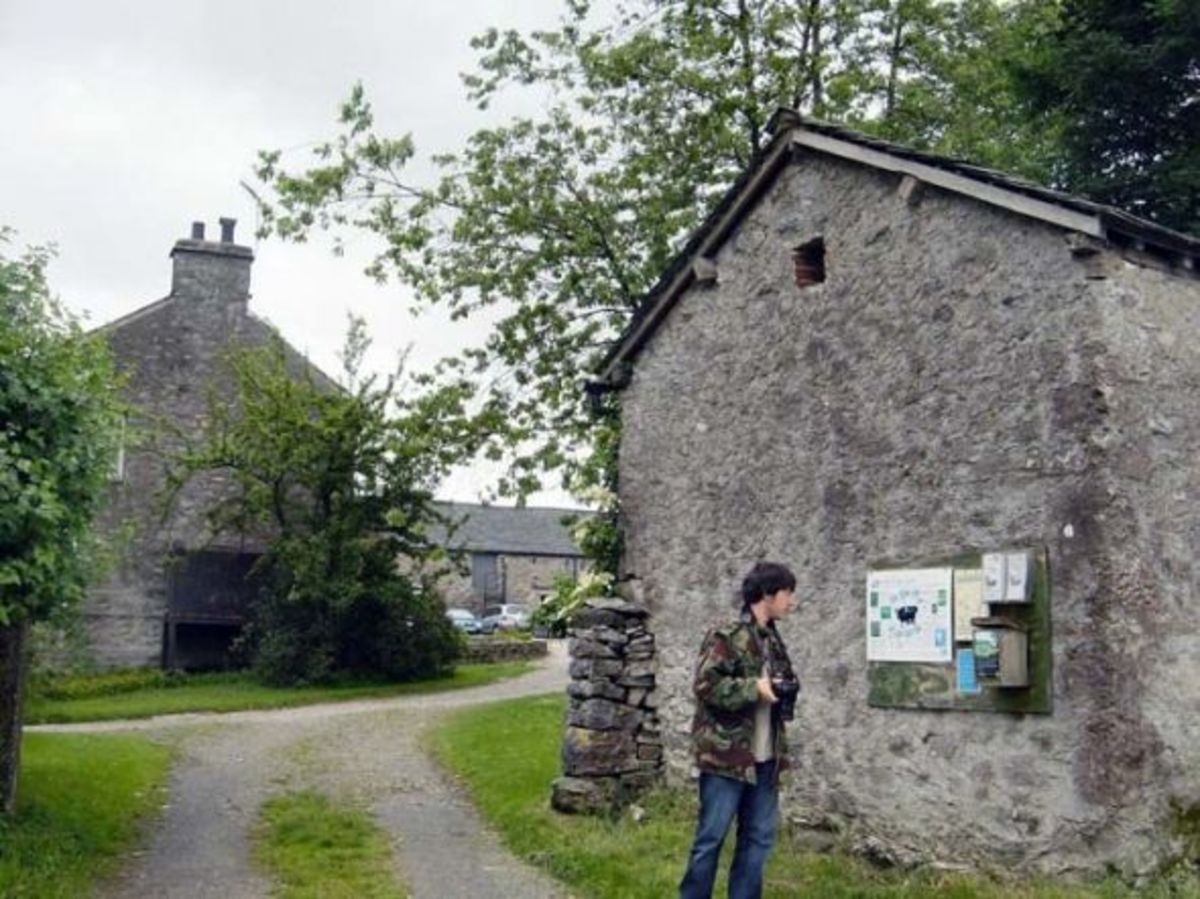- HubPages»
- Travel and Places»
- Visiting Europe»
- United Kingdom
Visiting Forbury Gardens, Reading, England and the Maiwand Lion: gigantic memorial, with insights into Imperial history

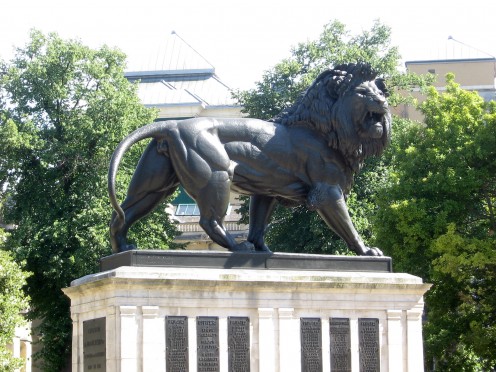
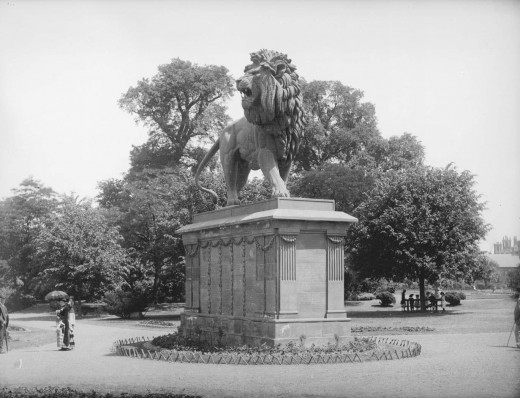
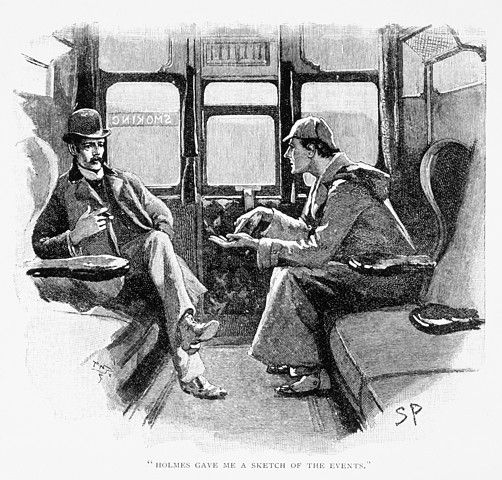
16.2 tonnes of cast iron commemorating serious losses in Afghanistan
This gigantic lion statue dates from 1886, and stands in Forbury Gardens, Reading, Berkshire. So, is this war memorial a tribute to some great Imperial victory from the days when the British Empire was at its height?
Well, no. Actually, it is a poignant tribute to great human losses sustained during a defeat in Afghanistan, sustained by the Royal Berkshire Regiment in 1880, at the Battle of Maiwand. At this battle, on 27 July, 1880, approximately 258 British soldiers were killed. Rather than recalling a victory, this tragic event is more on a par with historic failures such as the Charge of the Light Brigade and the Gallipoli Campaign.
At any rate, this lion monument, known as the Maiwand Lion, or, sometimes, the Forbury Lion, has gigantic dimensions. As well as 16.2 tonnes of cast iron, its length is 9.5 metres and 6.1 metres high.
The sculptor responsible for the Maiwand Lion was George Blackall Simonds (1843-1929). He was known for creating a number of sculptures, including one of Queen Victoria (1887).
Some historical background
By way of background, Britain, with strong, commercial interests in the region (India) sent troops into Afghanistan between 1878 and 1880 in what was known as the Second Anglo-Afghan War. This was because of Afghanistan's strategic location and in view of a perceived threat from Russia. (Doesn't this all sound rather eerily familiar?) However, a force of 500 from the Royal Berkshire Regiment, which was said to have fought very bravely, found itself outnumbered at Maiwand, near Kandahar, and suffered extensive losses.
Malalai of Maiwand: heroine who rallied the victorious Afghan fighters
What is probably not as widely known in Reading as in Afghanistan is that on the Afghan side of the Battle of Maiwand, forces were rallied by a woman who is regarded as a folk hero in her country. Following the death of the Afghan flag-bearer, Malalai of Maiwand (c.1861-1880), or Malalai Anaa, took up the flag and is said to have rallied the troops with inspirational verse.
Malalai perished herself before the battle was concluded in the Afghans' favour, but her example and memory are popularly linked with a great deal of credit for the victory.
A literary consequence: Sherlock Holmes's colleague Dr Watson
On the British side, the medical officer of the Regiment was Surgeon Major A F Preston, who was injured at Maiwand, Preston is said to have been the model for Sir Arthur Conan Doyle's character Dr. Watson, in his Sherlock Holmes stories.
In the course of these works, the fictional character makes repeated allusions to his past army medical service in Afghanistan.
Also worth seeing
In Reading itself, the nearby Reading Abbey ruins, Hospitium, and the church of St. Lawrence-in-Reading are of architectural and historical interest, as are the University of Reading's Wantage Hall and St Patrick's Hall.
Silchester (distance: 18 kilometres) has interesting Roman remains.
...
How to get there
United Airlines flies from New York Newark Airport to London Heathrow Airport, where car rental is available. Distance from Heathrow Airport to Reading is 49 kilometres. A regular bus link exists between Heathrow Airport and Reading. For up to date information, please check with the airline or your travel agent.
MJFenn is an independent travel writer based in Ontario, Canada.
Other of my hubpages may also be of interest
- Visiting Wantage Hall, Reading University, England: traditional academic architecture with gatehouse
- Visiting the University of Surrey and Guildford Cathedral: a magnificent setting in Guildford, Engla
- Visiting Clare Hall, Cambridge: intimate haven of quietness for the more mature scholar
- Visiting Canada House, London, England: splendid, Canadian hub on historic Trafalgar Square
- Visiting Oxford Castle and Nuffield College, Oxford, England: memories of Medieval, dark deeds; and
